10 Jun Drought as the Norm, Update
Drought in our region is the norm, not the exception.
With thoughtful planning it doesn’t have to be a calamity.
Look at how and when you water. On average we use 5-10 times more water than necessary for a healthy landscape.
- Irrigation must be fine tuned for the site – talk with your irrigation company now as they turn on your system.
- Adjust according to exposure: Fully shaded areas often need up to 30% less water than full sun areas
- Do not use overhead sprinklers in adverse conditions: in hot weather or high winds water use can increase 20-50%
- Protected lower sites need less water than higher and more exposed sites
Most efficient time to water is just before sunrise, but after 10 pm is acceptable
- because of cooler temps, less wind, higher humidity, and higher water pressure
- overlaps with natural dew period decreasing chance of disease
Prioritize your watering based on stage of plant life
- While setting flowers and fruit, plants need more water
- New trees and old trees in decline require more water; healthy established trees require less; conifers need more water than deciduous trees
- Young plants – xeric or not – need consistent watering the first 3 years they’re in your landscape
Watering trees
- The critical watering zone for trees is located at and just beyond the drip line (just below the tips of the furthest out branches)
- A tree’s water absorbing roots are in the top 12″ of soil
Mulch helps you conserve water
- Mulch can be different materials but all are applied to and maintained on the surface of the soil
- When applied and maintained properly it reduces evaporation from the soil which can cut water use by 30-50%
- Holds and stabilizes soil
- Prevents soil compaction
- Stabilizes soil temperatures
- Columbine is happy to tend to your mulching needs!
RAIN BARRELS ARE LEGAL! You can have up to 2 with a combined storage of 110 gallons..
WHY to Conserve Water:
- Only 3% of the water on Earth is available to humans
- 50% of residential water is used on landscapes
- Most plant diseases and deaths are caused by overwatering
- Water does not = love!
PASSIVELY HYDRATE YOUR LAND WITH RAIN WATER
We are designing with passive rainwater catchment earthworks to mitigate the effects of erosion and make use of storm water to water your plants in your landscape, as opposed to the conventional approach of ushering it off the property as quickly as possible while paying to pipe water in. If you are interested, give me a shout and we can explore the applications for your landscape.
We are omitting pictures in our emails so they won’t be filtered out. If you don’t get this let us know. Ha just kidding! But since we are avoiding images please go to this link to look at a drought map to see where we currently stand.
HOW to Conserve Water in the landscape:
- Reduce the amount of landscape that is irrigated
- Be certain water is falling where it is needed and not where it’s not
- Avoid watering during rainstorms or windy times
- Adjust the pressure of your sprinklers so they are not misting
SPRING BULBS
What a welcome sight at this time of year! Take a moment to look around your outdoor space. Where would you like to see lively splashes of color? Take pictures or put some pin flags around, or call us and we’ll keep track for you so we can plant spring-flowering bulbs in the fall for bursts of color forever after in the early spring landscape.
To the glory of the garden! Eva
Eva Montane, certified Landscape Designer & President of Columbine Landscapes Co
Our 2024 Newsletter Theme: The Mechanics of a Sustainable Landscape
What is a sustainable landscap...
A Natural Solution to Prevent the Need for Herbicides & Pesticides
In today’s world, where ...
How to Create Habitat for Pollinators in Your Landscape
Creating habitat for pollinato...
Myth Busting: Dry Streambeds, Cobble as Weed Control, Rototilling
MYTH #1 DRY STREAMBEDS BELONG ...
Discover the Harmonizing Effects of Infinity Gardens
Infinity gardens embrace the n...
How Rain Gardens Emulate Nature’s Hydrological Engineers: the Beaver
If you’ve been reading our n...
Is “Nonvegetative turf” a Good Alternative to Traditional Lawn?
I know it can be a challenge t...
5 Simple Ways to Fine Tune your Watering for Drought Resiliency
Drought in our region is the n...
Tired of mowing your lawn? Dig into drought ready landscaping.
Did you see this article in fr...
Fall Forward: Tricks for enhancing your landscape with bulbs
Wait, didn’t we just spring ...
What’s an Eco-Friendly Landscape Company Look Like?
Earth Day being just around th...
Now is the time for cultivating winter interest
There are so many options for ...
How to avoid the green blur and make your plants pop
Plants – especially the ones...
Lasagna Lawn Removal: How to Passively Get Rid of Lawn Over the Winter
As you may or may not know, th...
What is XERIscape & is it the same as ZEROscape, Drought Tolerant & Water-wise?
Good question. And great time ...
Durango Herald – Is Durango Doing Enough to Conserve Water?
We are proud to have been rece...
Rocky Mountain High; Touring Colorado in Garden Celebrity Style
My new friend Kit Strange and ...

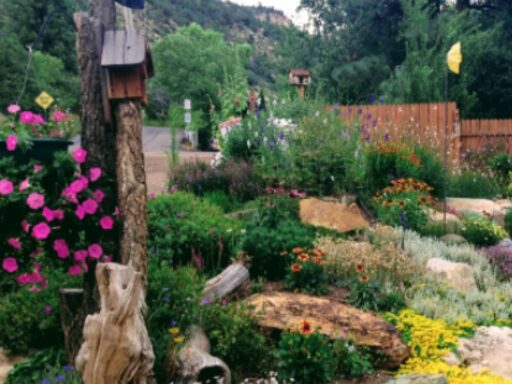
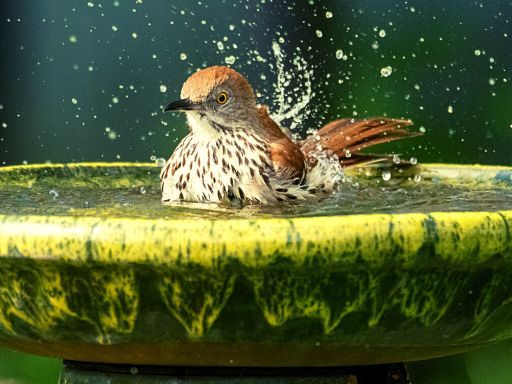
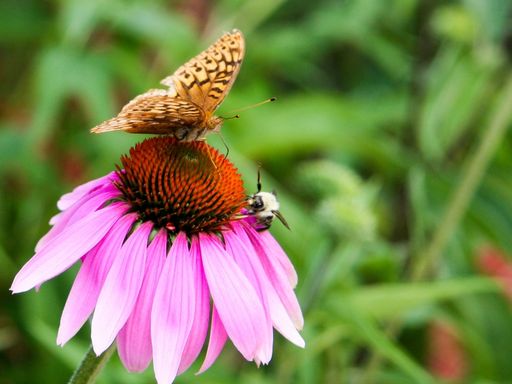
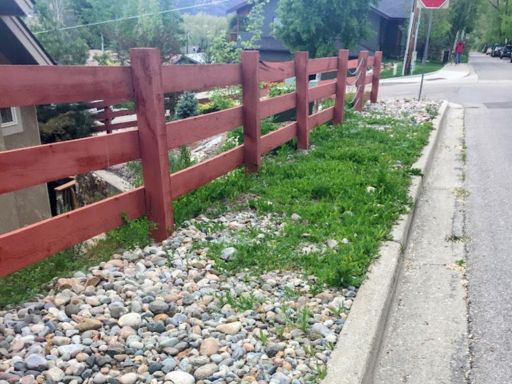
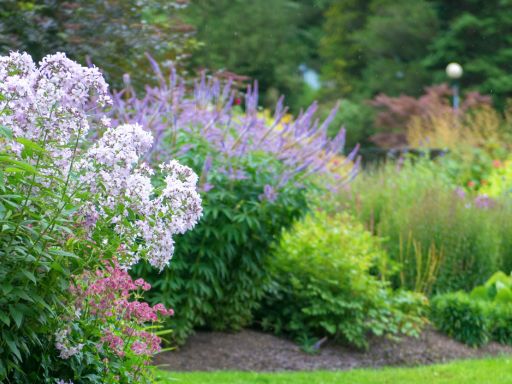


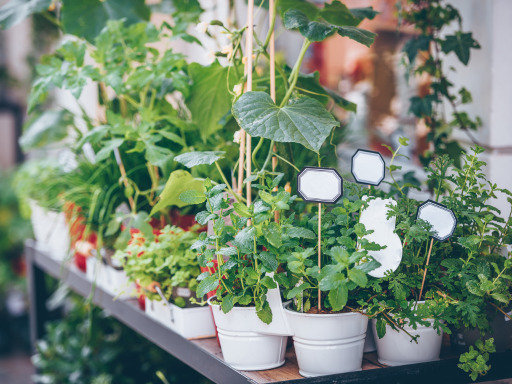
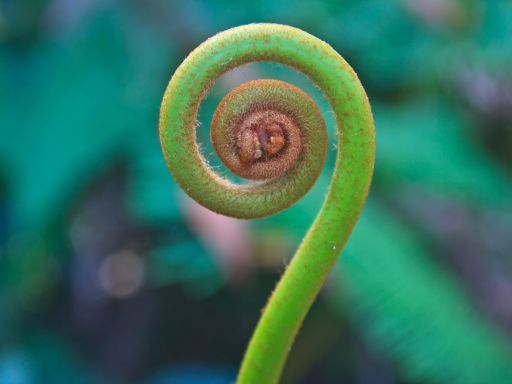

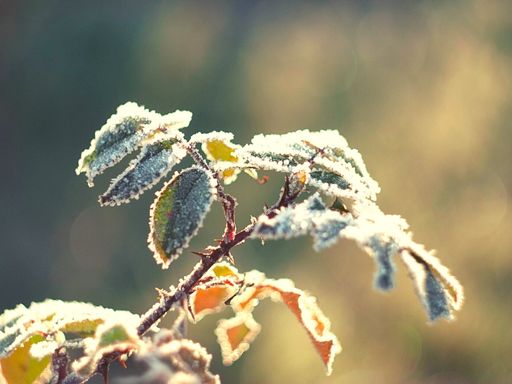
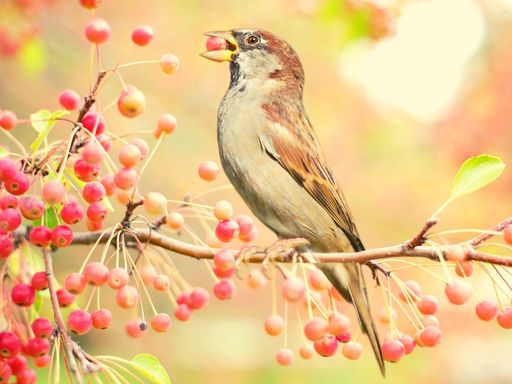





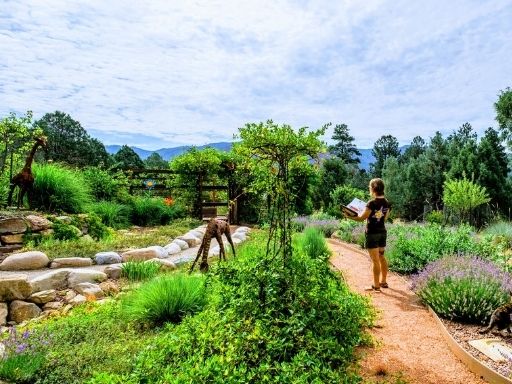
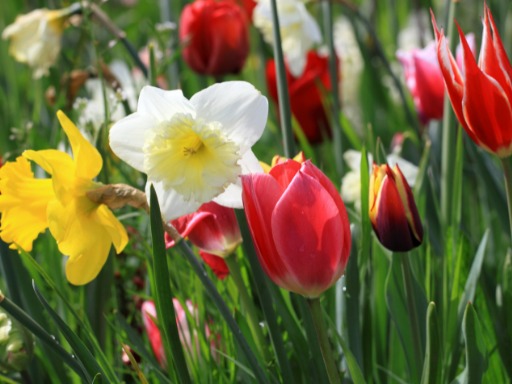
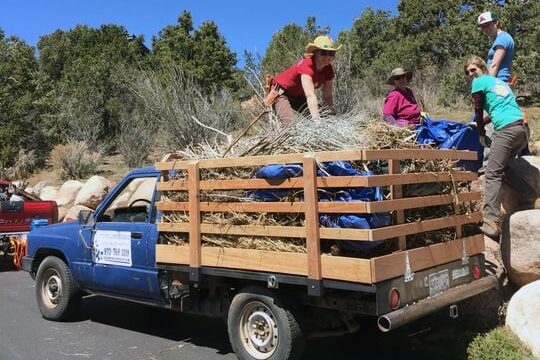
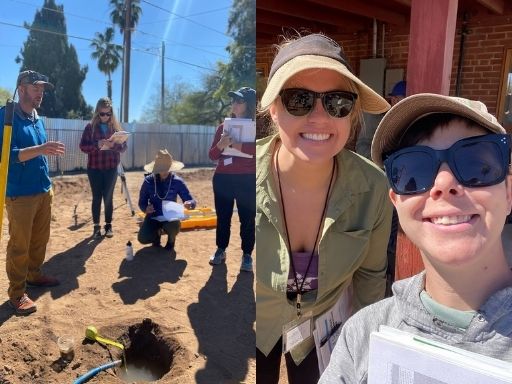
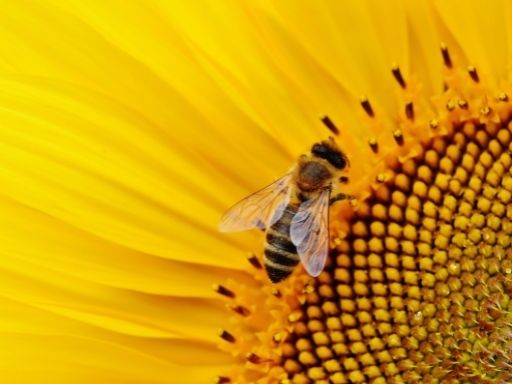

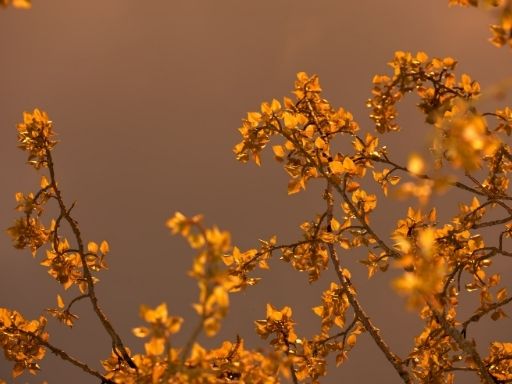

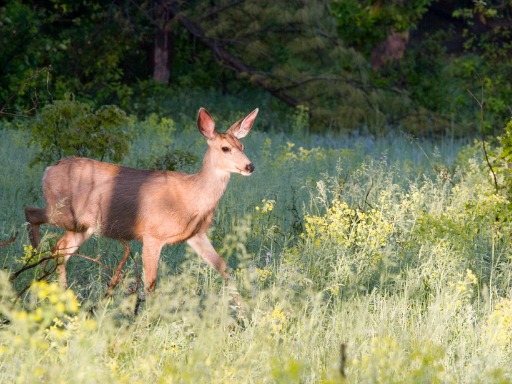

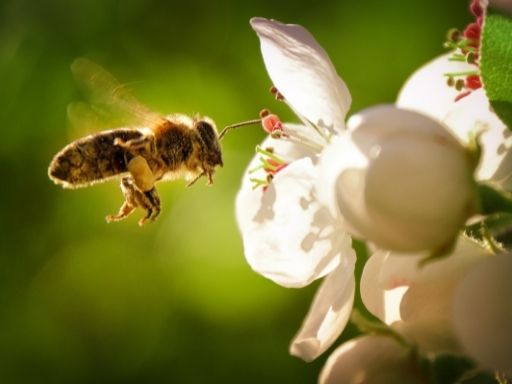
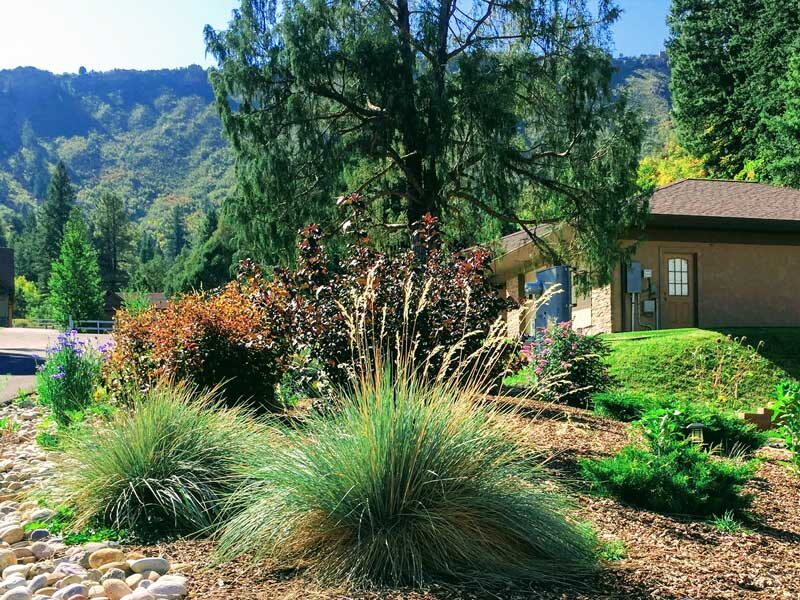
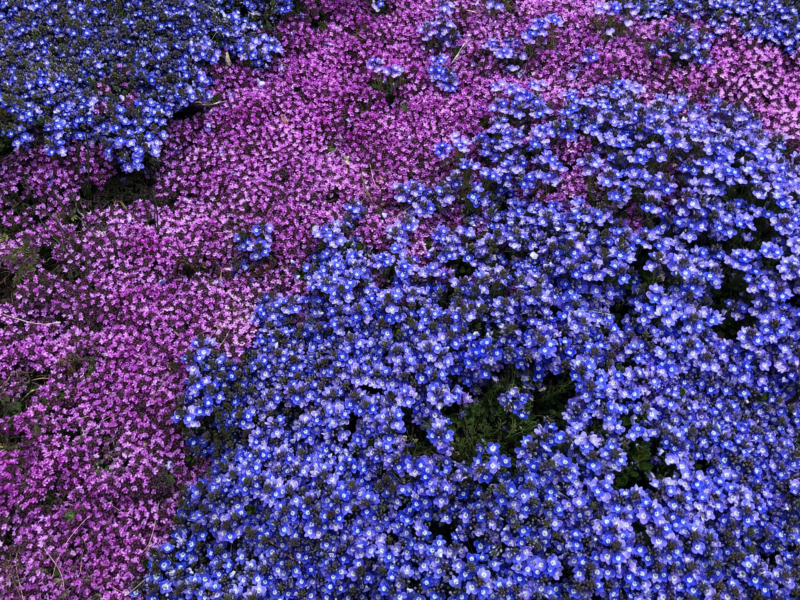
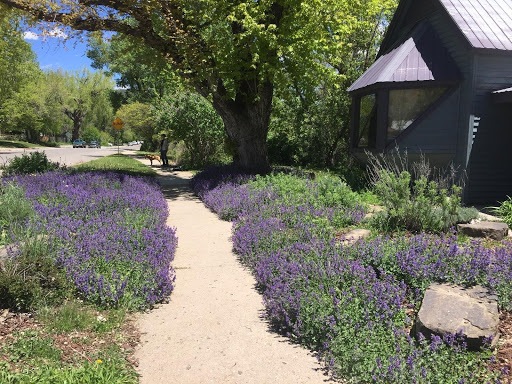
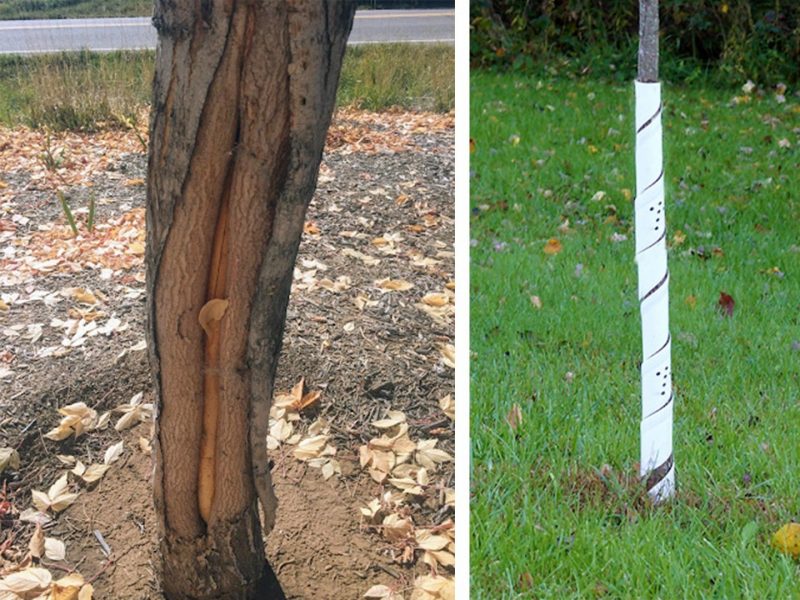
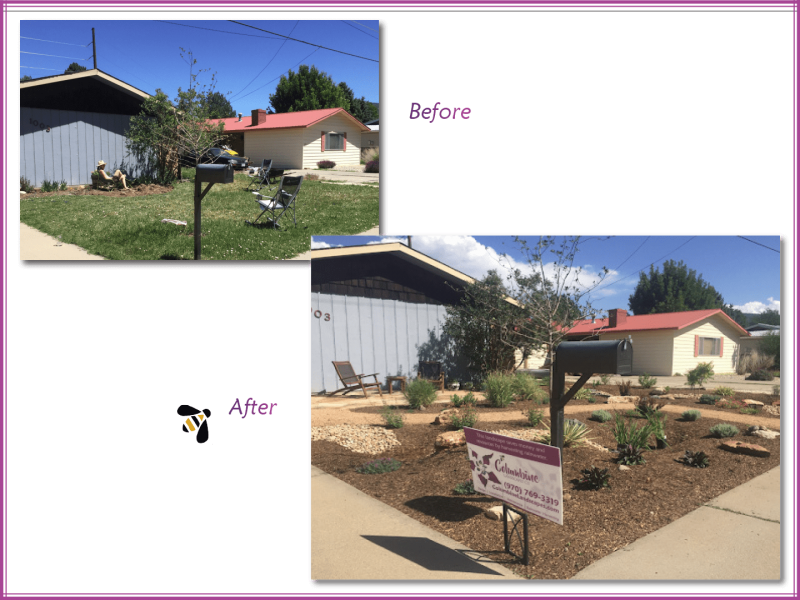
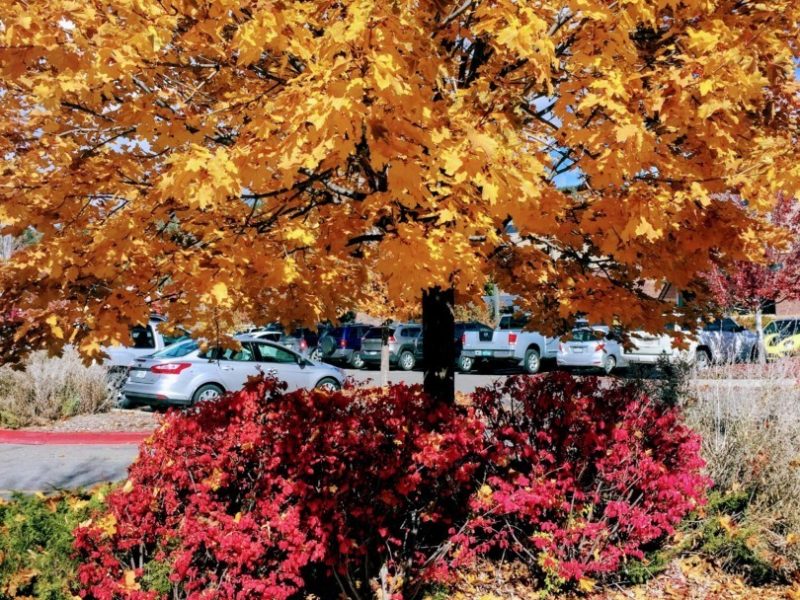
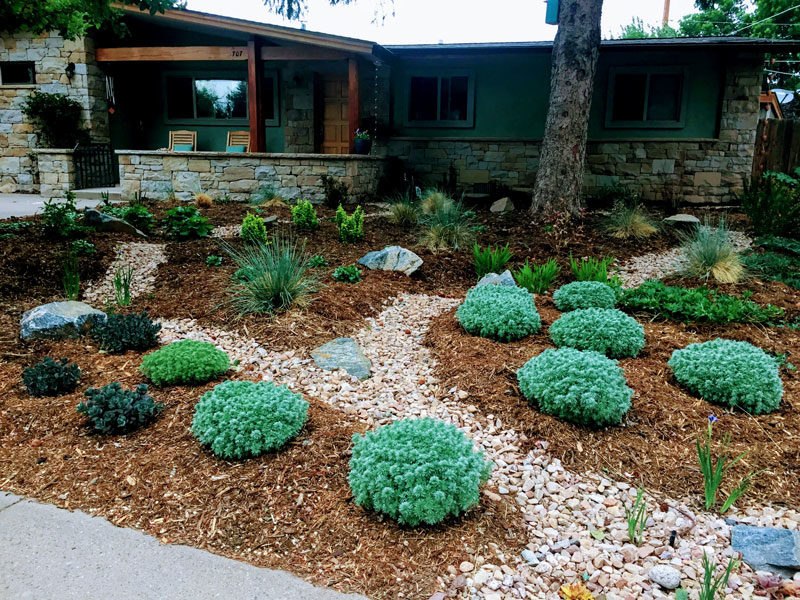
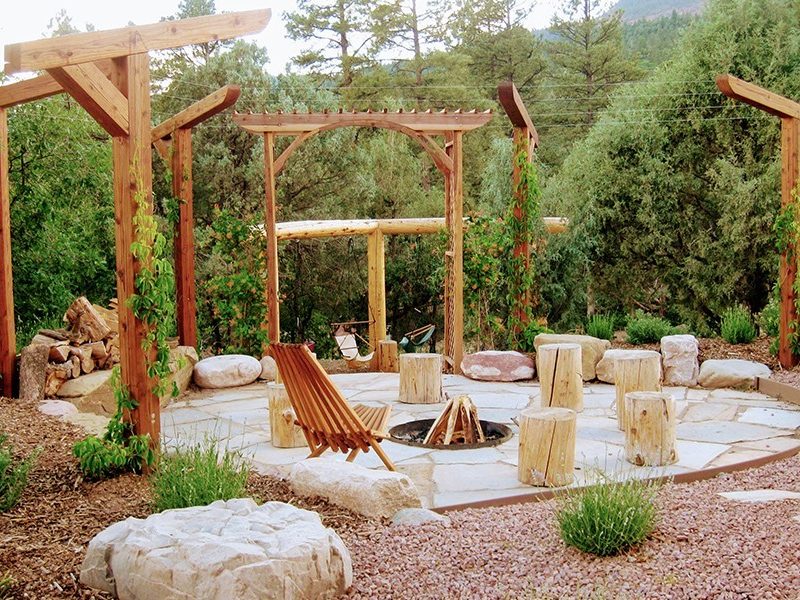



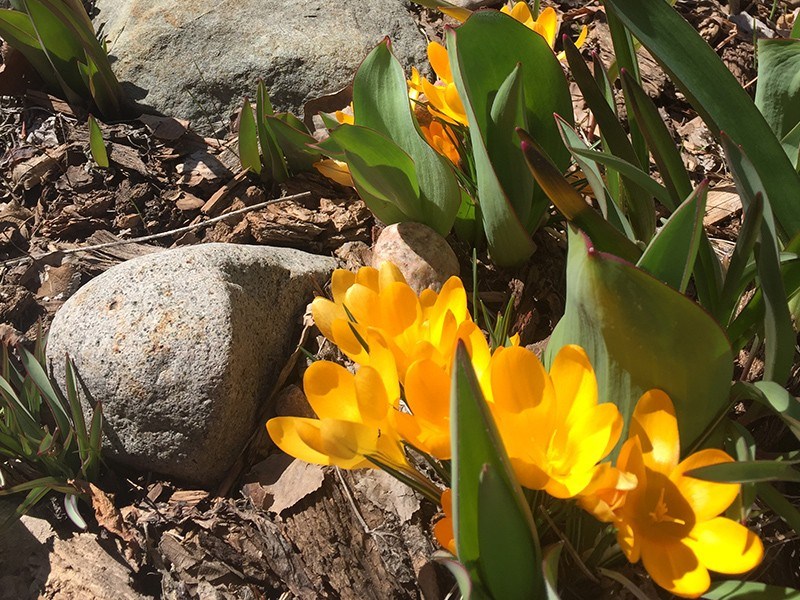

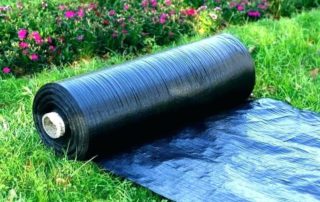
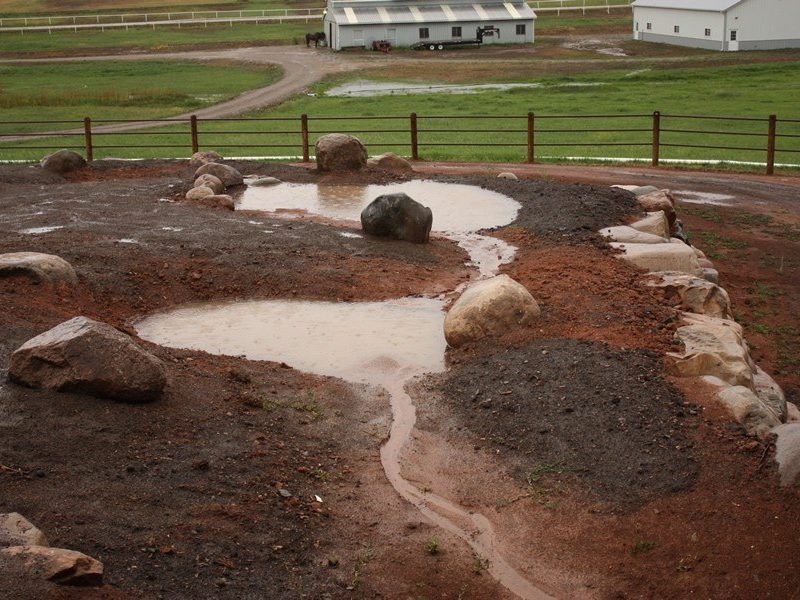
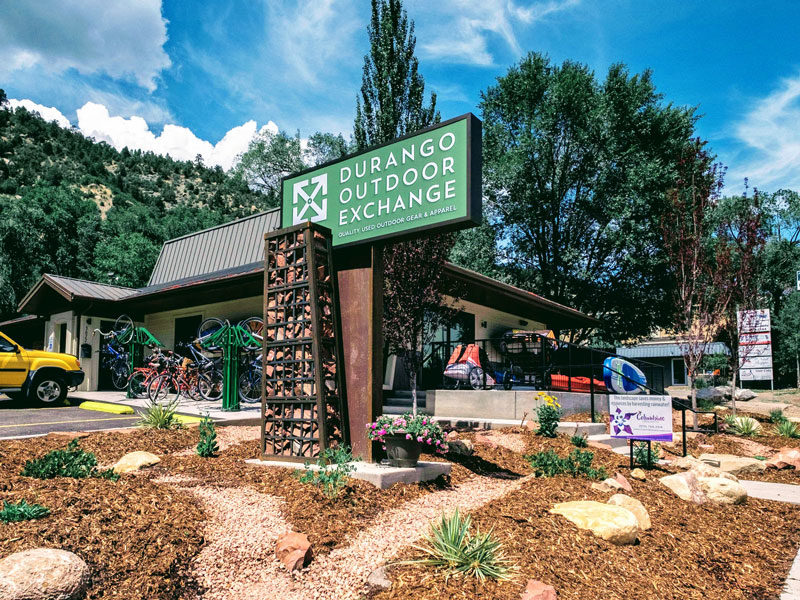



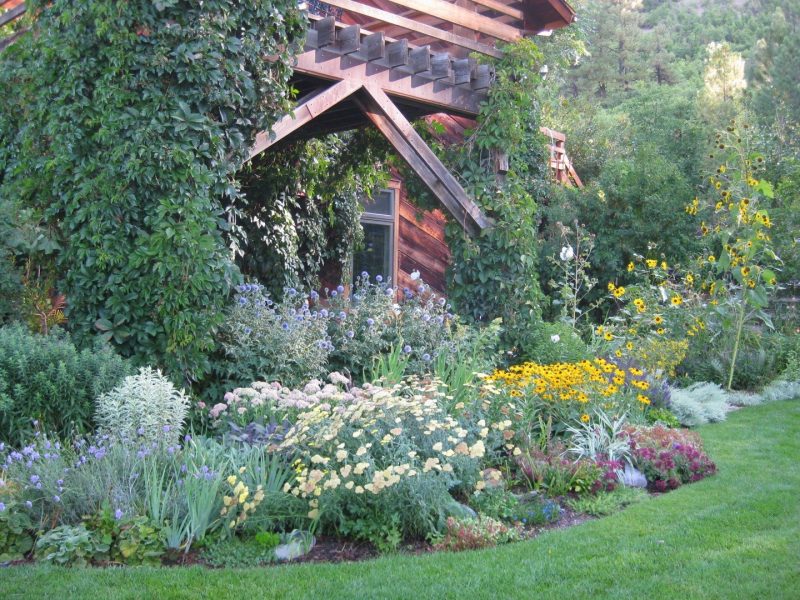

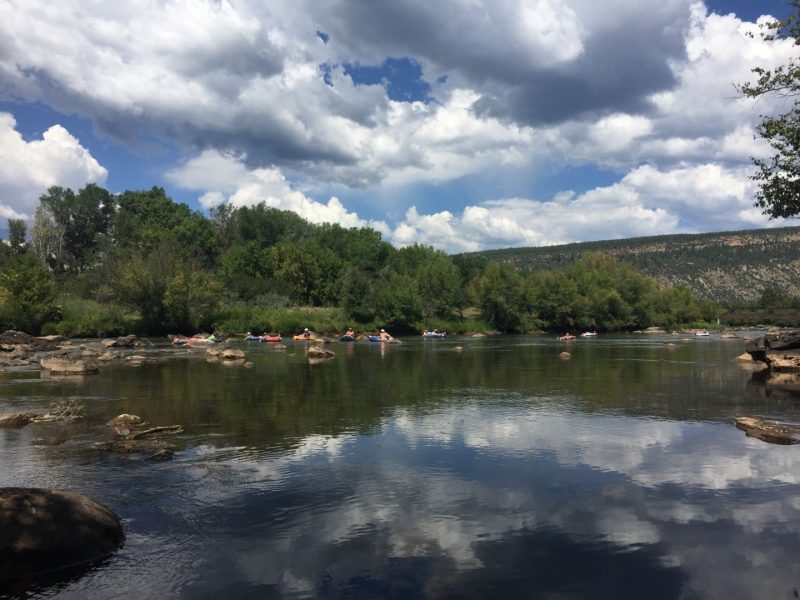
Sorry, the comment form is closed at this time.